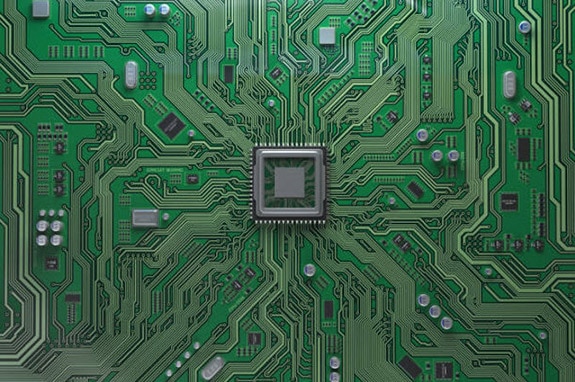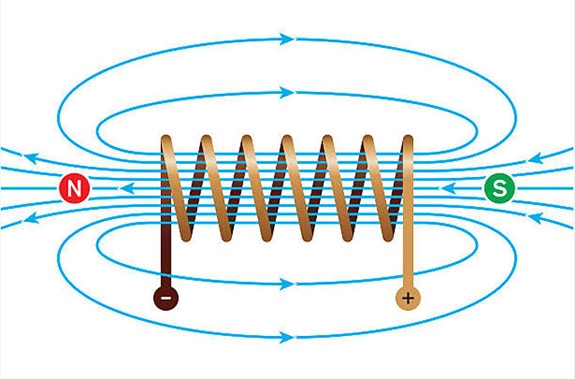What are Differential Pairs and Why Do We Use Them!
2024-01-15 | By Andrew
In electronics, you may have heard of different types of communication protocols that are widely used to transmit data from one device to another. Some common ones you might hear are I2C (Inter-Integrated Circuit), SPI (Serial Peripheral Interface), or UART (Universal Asynchronous Receiver Transmitter). All these different communication protocols have their strengths and weaknesses and are each used depending on the specifics of a project that needs to incorporate a way for devices to talk to each other.

In a printed circuit board, there will most likely be a ton of traces going back and forth around the circuit board, either to supply power to certain components, transmit data between different devices, etc. Normally, you think this wouldn't cause an issue in your circuit boards, but it is very much a real concern when you have these traces in such close proximity on a circuit board. We need to explore a little bit of physics to understand what's really going on:

Whenever current runs through any type of wire or trace, it generates magnetic induction and this can be attributed to Ampere's Law, which states that the magnetic field produced by a wire or trace is directly proportional to the current running through that wire or trace. But what does this have to do with our other traces?
Turns out, magnetic induction, or impedance in this case, can impact the signal integrity of our other traces and make it more difficult to transmit data reliably. That's because magnetic fields themselves can also induce current on nearby wires due to their polarity due to Faraday's Law. This can seriously mess up whatever data or information you are trying to send, and this can be particularly problematic if you have a sensitive application on your printed circuit board.
This is where differential pairs come in handy! Instead of reading a signal with a reference ground, which may be noisy due to magnetic impedance on your board, a differential pair signal is different in the aspect that data is read from a differential pair by reading the voltage difference between the two signals. They are often sent parallel to each other, so the voltage difference between the two should remain the same since they both will go through the same impedance on the circuit board. This makes differential pairs more robust for transmitting data because they are more resistant to electromagnetic interference. Because of this property, they are also good at high-speed transmission due to noise elimination.
However, as there are always advantages to anything, there are also disadvantages to using differential pairs as opposed to using single-line data transmission methods like I2C. Differential pairs take up a lot of space as you have to route two traces for each signal instead of one, making it a very space-costly operation.
Hopefully, you've learned something new today about differential pairs and the basic overview of why people use them frequently in their own PCB designs. If you have any questions, please write them down in the comments. As always, take care and stay curious!
Until next time,
Andrew
Recommended Reading
What is Back EMF in DC Motors? - Another Teaching Moment | DigiKey
Have questions or comments? Continue the conversation on TechForum, DigiKey's online community and technical resource.








